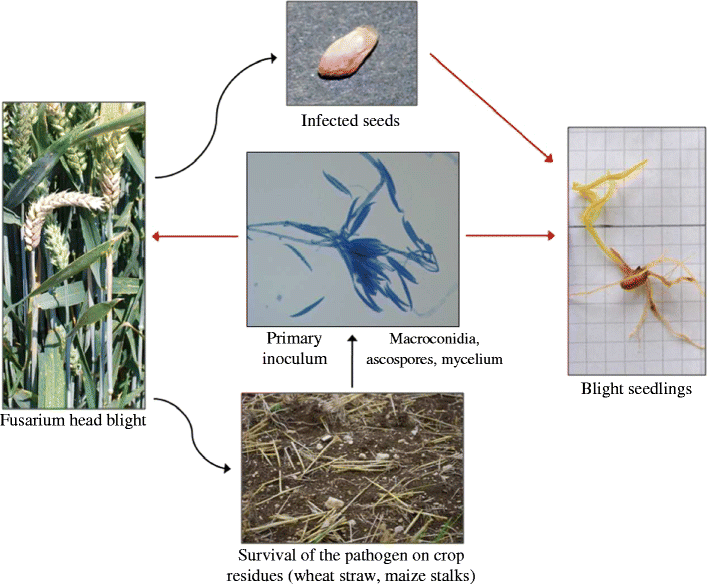
Introduction
Fusarium graminearum is a significant pathogen that affects cereal crops such as wheat and barley, posing a major threat to global food security. Recognized for its capacity to produce mycotoxins, this fungus can lead to serious economic losses for farmers and affect the food supply chain. As climate change influences agricultural conditions, understanding Fusarium graminearum’s behavior, control measures, and associated risks is more crucial than ever.
Impact of Fusarium Graminearum
Fusarium graminearum is responsible for Fusarium head blight (FHB), a disease that predominantly affects wheat and barley. According to the Canadian Phytopathological Society, the disease can reduce crop yield by 30% or more in severe cases, leading to significant economic losses and impacting farmers’ livelihoods. In addition, the mycotoxins produced by this fungus, such as deoxynivalenol (DON), can contaminate grains, making them unsafe for consumption and leading to health risks for humans and livestock alike.
Current Trends and Observations
Research shows that climate conditions, particularly humidity and temperature, play a critical role in the development of Fusarium graminearum. As temperatures rise and precipitation patterns change due to global warming, the region where this fungus thrives is expanding. A recent study published in 2023 in the journal Phytopathology indicates that Fusarium graminearum has become increasingly prevalent in areas previously viewed as non-risk zones, further heightening the need for vigilance among growers.
Control Measures
Effective management of Fusarium graminearum involves an integrated approach that includes crop rotation, the use of resistant varieties, and optimized planting dates. Additionally, fungicides may be employed for protection during susceptible growth phases. Recent advancements in breeding techniques have led to the development of wheat varieties that can better withstand FHB, providing hope for farmers facing this challenge. However, the implementation of management strategies must be combined with ongoing research to develop sustainable solutions for future crops.
Conclusion
Fusarium graminearum remains a formidable challenge for the agricultural sector, with its potential to disrupt food supply chains and compromise food safety. As environmental factors continue to evolve, it is essential for farmers and agricultural stakeholders to stay informed about this pathogen. Investing in research and development of resistant crop varieties, along with adaptive management practices, will be crucial to mitigate the effects of Fusarium graminearum. Early detection, education, and collaborative efforts will play a vital role in safeguarding global crops against this persistent threat.




